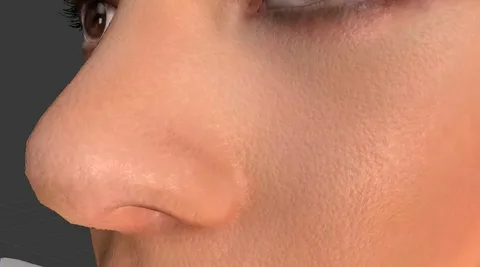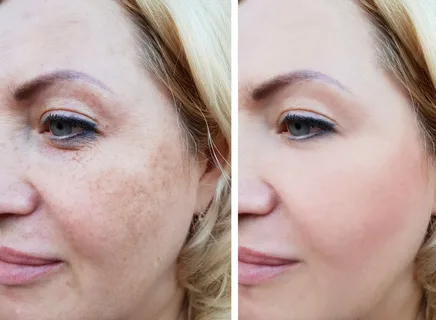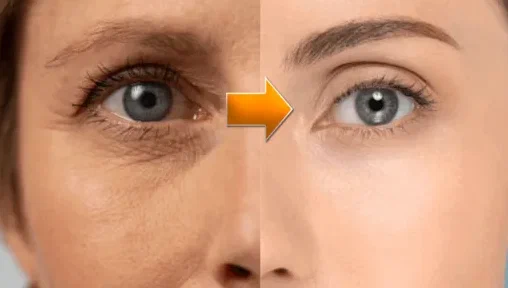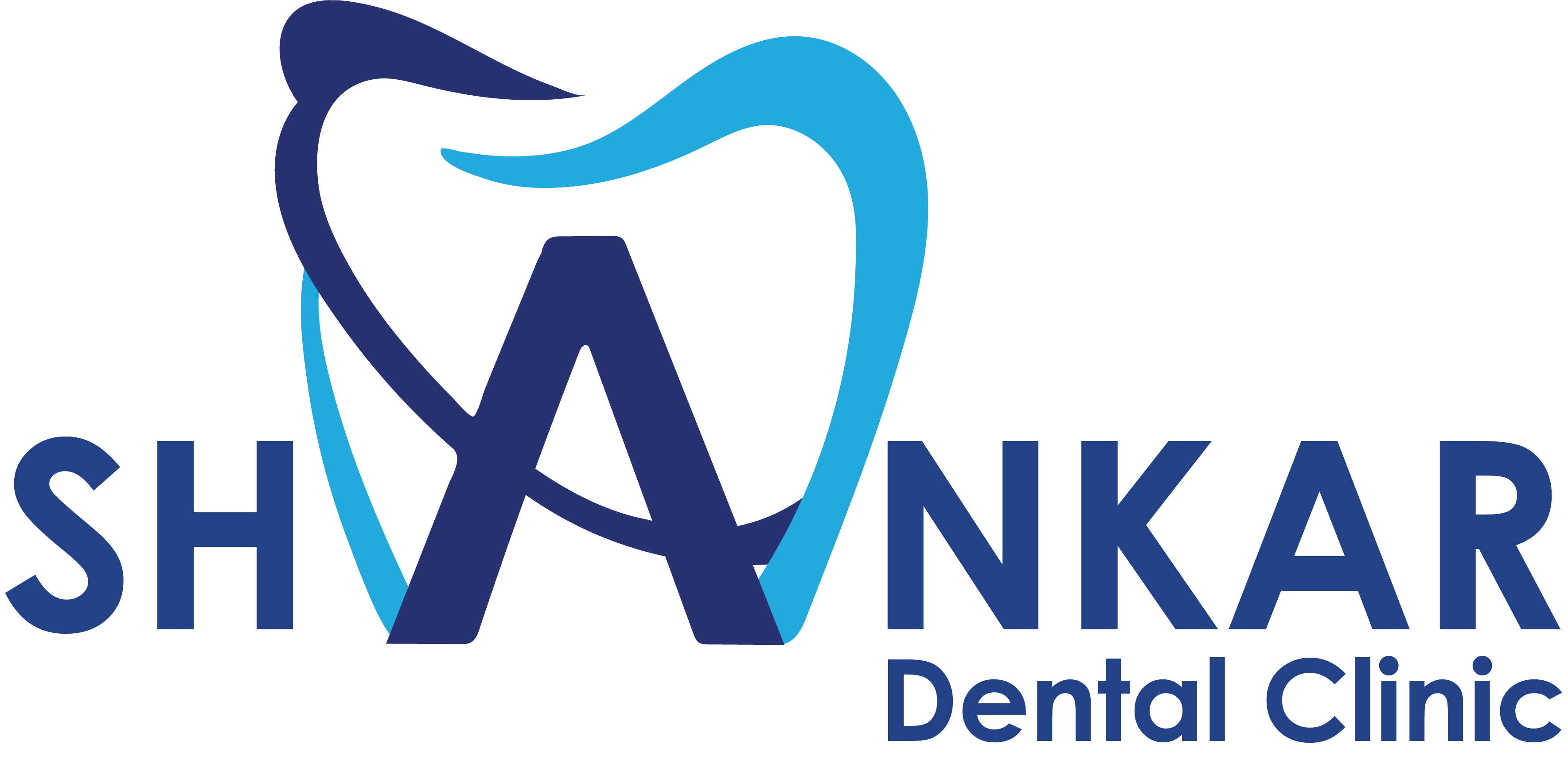Facial Peeling: A Rejuvenating Skin Treatment
Facial peeling is a skincare treatment that involves the application of chemical solutions or exfoliating agents to remove dead skin cells, revealing smoother, more radiant skin beneath. This procedure helps improve skin texture, tone, and appearance, addressing a variety of concerns like acne, pigmentation, wrinkles, and sun damage.
Types of Facial Peeling
Superficial Peels (Light Peels):
These peels use mild acids like alpha hydroxy acids (AHAs) or beta hydroxy acids (BHAs) to exfoliate the outermost layer of the skin. They are ideal for individuals with mild skin concerns like dryness or superficial blemishes.Medium Peels:
These peels use stronger acids like trichloroacetic acid (TCA) to penetrate deeper into the skin, targeting moderate skin concerns such as age spots, acne scars, and uneven skin tone.Deep Peels:
These are the strongest type of chemical peels, often using phenol. They work deeper into the skin layers to treat severe wrinkles, scarring, and sun damage. Deep peels require longer recovery times but deliver more dramatic results.
Benefits of Facial Peeling
Improves Skin Texture and Tone:
Regular facial peels help exfoliate dead skin cells, improving skin texture, smoothness, and tone, revealing a brighter, more youthful complexion.Reduces Wrinkles and Fine Lines:
Chemical peels stimulate collagen production, which helps reduce the appearance of fine lines and wrinkles, making the skin look firmer and more youthful.Treats Acne and Acne Scars:
Peels help unclog pores, reducing the likelihood of breakouts. They also fade post-acne scars by removing damaged skin layers.Corrects Pigmentation Issues:
Peels can help address uneven skin tone, hyperpigmentation, age spots, and melasma, providing a more even and clear complexion.Enhances Product Absorption:
By removing dead skin cells, facial peels allow skincare products to penetrate deeper into the skin, improving their effectiveness.
The Facial Peeling Process
Consultation:
Before the procedure, a skincare professional will assess your skin and discuss your skin concerns. They will determine the best type of peel based on your skin type and goals.Cleansing:
Your face will be thoroughly cleansed to remove any dirt, oil, or makeup, preparing the skin for the peel.Application of Peel Solution:
A chemical solution is applied to the skin, which may cause a mild tingling or burning sensation. The solution is left on for a specified period, depending on the type and strength of the peel.Peeling Process:
After the peel is applied, the skin will begin to exfoliate over the next few days. For some peels, you may experience flaking, redness, or tightness as the skin sheds the old layer.Post-Treatment Care:
After the peel, your skin may feel sensitive. It’s important to follow your dermatologist’s aftercare instructions, which often include moisturizing, avoiding sun exposure, and applying sunscreen to protect the newly revealed skin.
Post-Peeling Care
Moisturize Regularly:
Your skin may feel dry or tight after the peel, so it’s essential to use a good moisturizer to keep the skin hydrated.Avoid Direct Sun Exposure:
Newly exfoliated skin is more sensitive to the sun. It’s important to avoid direct sun exposure and wear sunscreen (SPF 30 or higher) daily to protect the skin.Avoid Scrubbing or Exfoliating:
Do not use harsh scrubs or exfoliants for a few days after the peel, as the skin will be sensitive.Use Gentle Skincare Products:
Use gentle, non-irritating products that won’t damage or dry out your skin post-peel.
Who Can Benefit from Facial Peeling?
Facial peels are suitable for individuals with various skin concerns, including:
- Fine lines and wrinkles
- Sun damage or pigmentation issues
- Acne and acne scars
- Uneven skin texture or tone
- Dull, tired-looking skin
Your dermatologist will recommend the best type of peel for your skin condition and goals.
Is Facial Peeling Safe?
Facial peeling is generally safe when performed by a trained professional. However, the risks and side effects vary depending on the depth of the peel. Superficial peels are typically well-tolerated with minimal downtime, while deeper peels may require longer recovery times and could cause temporary redness, scabbing, or swelling.
Key Features about Facial Peeling

Improves Skin Texture

Addresses Pigmentation Issues

Stimulates Collagen Production
Frequently asked questions
Here are descriptions for FAQs about Facial Peeling to provide a clear understanding:
Facial peeling is a treatment that uses chemical solutions to exfoliate the skin, removing dead skin cells and promoting smoother, rejuvenated skin.
A chemical solution is applied to the skin, causing the outer layers to peel off. This reveals fresher, healthier skin underneath and addresses various skin concerns.
Yes, facial peeling is safe when performed by a trained professional. However, deeper peels may cause temporary redness or swelling, which usually subsides after a few days.
Yes, facial peels can improve the appearance of acne scars by exfoliating the top layer of skin, which helps fade scars and promotes smoother skin.
Recovery time depends on the depth of the peel. Superficial peels require little to no downtime, while medium or deep peels may take a few days to a week for the skin to heal.

